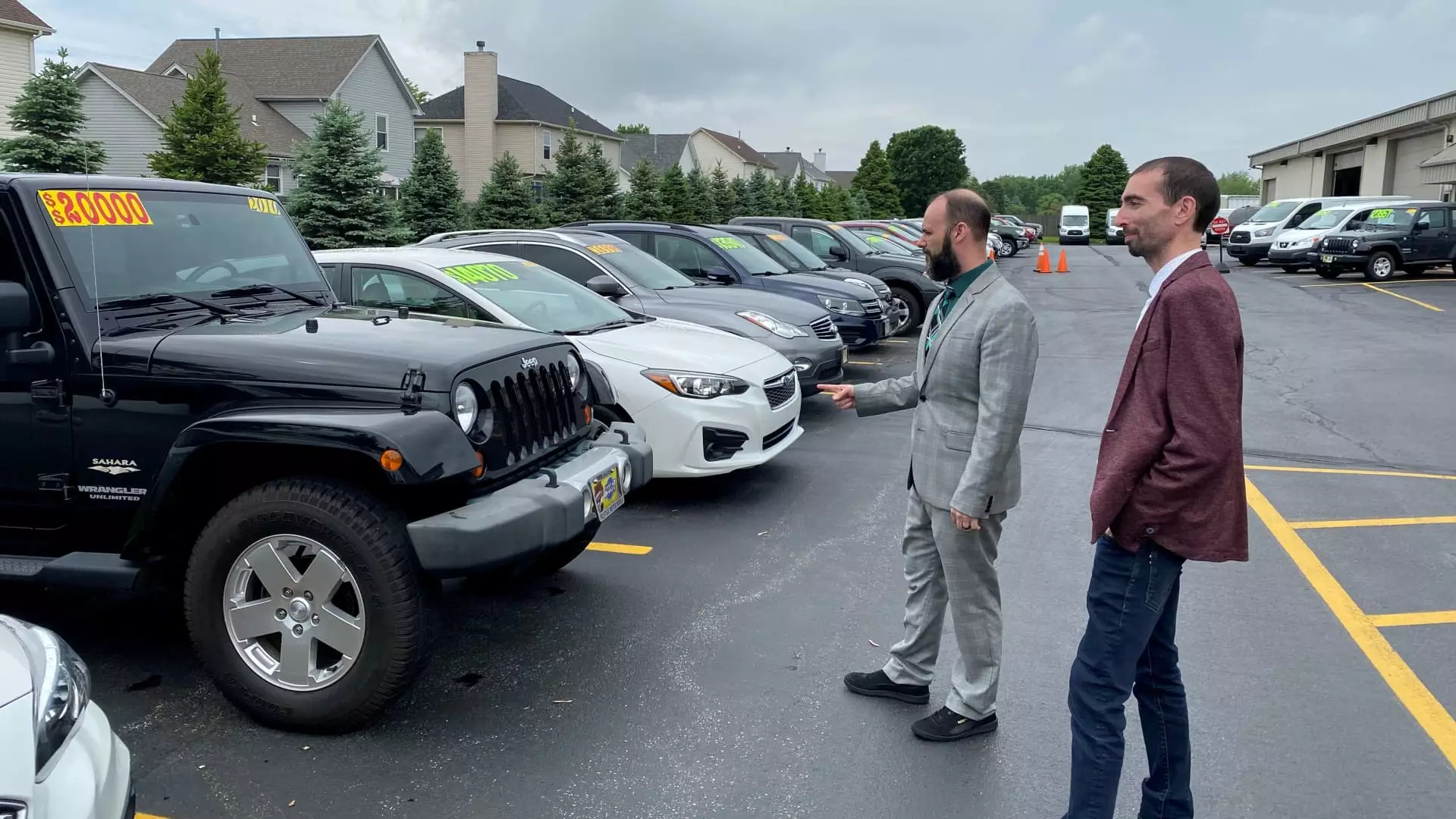As we approach the end of 2024, U.S. auto dealers are entering 2025 with a sense of “renewed optimism.” This resurgence of hope has been largely attributed to the political shift back to Donald Trump, following his election as President. According to a recent report by Cox Automotive, the market adversities faced by auto dealers are starting to ease, buoyed by favorable trends such as decreasing interest rates and increased incentives from automakers. However, not all segments of the automotive market are experiencing this optimism, particularly in the electric vehicle (EV) sector.
Despite the upbeat sentiment regarding overall market conditions, the prospects for electric vehicle sales are discouraged. The latest “Q4 2024 Dealer Sentiment Index” from Cox Automotive revealed that many dealers predict a downturn in sales of EVs in the forthcoming months. The apprehension stems from the anticipated policies of the incoming administration and a fear that these may hinder the already precarious state of EV sales. As the incoming leadership could potentially remove or reduce federal funding for EV incentives, many dealers are justifiably anxious about the future.
Economic considerations such as the tax credit for EV purchases—currently valued at up to $7,500—are at the forefront of this anxiety. As Jonathan Smoke, Cox’s Chief Economist, noted, the continuation of such incentives has had a palpable impact on both new and used EV markets. With the potential risk surrounding tax credits, dealers are beginning to feel the pressure, leading to a bleaker outlook for the EV market.
Cox Automotive’s market outlook index is a crucial indicator of dealer sentiment, rising significantly to 54 in Q4 2024 from 42 in the previous quarter. A value over 50 indicates a largely positive sentiment among dealers. This uptick in the index illustrates a growing belief that market conditions will strengthen over the next few months. Notably, this accomplishment stands in stark contrast to the same period last year, where the index languished at a historical low of 41.
However, it’s essential to recognize that the current score of 42 still denotes a prevailing perception among many dealers that the retail auto market remains weak. This figure, although improved from last year, is still well below pre-pandemic levels and averages—testament to the residual uncertainties that haunt the sector.
The political climate has long been a determinant of economic prospects for many industries, and the auto sector is no exception. Following the recent presidential election, a noticeable shift in dealer sentiment emerged. Only 35% of dealers now acknowledge that the political atmosphere is influencing their operations—a marked decrease from prior quarters. As a direct consequence of political stability, it seems that dealers are feeling less beleaguered and more hopeful about their future business prospects.
Financial metrics reflect a flourishing landscape for publicly traded auto dealers, whose stocks have seen considerable gains this year. Amid consistently high pricing in both new and used vehicle sectors, companies like AutoNation and Lithia Motors have seen their stock prices rise between 15% and 22% in 2024. Group 1 Automotive stands out even more markedly, with a staggering increase of approximately 40% within this time period.
While the fresh wave of enthusiasm can be interpreted as a promising sign for the industry, the focus should shift toward strategic adaptivity rather than blind optimism. Dealers must prepare for challenges within the EV sector, given the looming doubts about tax credits and policy directions. If recent trends continue and supportive measures for traditional vehicles are prioritized over EVs, the industry may witness widening disparities between segments.
The dual landscape of optimism and concern among U.S. car dealers reflects a complex interplay of political shifts, economic indicators, and consumer trends. As we enter 2025, the automotive sector will inevitably require clever navigational strategies to maximize opportunities while at the same time addressing the ever-evolving challenges. Dealers must learn to balance their hopes for a prosperous market while becoming increasingly wary of the variables that could curtail growth in specific segments, particularly electric vehicles. As the industry advances, the mantra should be adaptable optimism—tying together aspirations with a readiness to pivot as the market demands.

